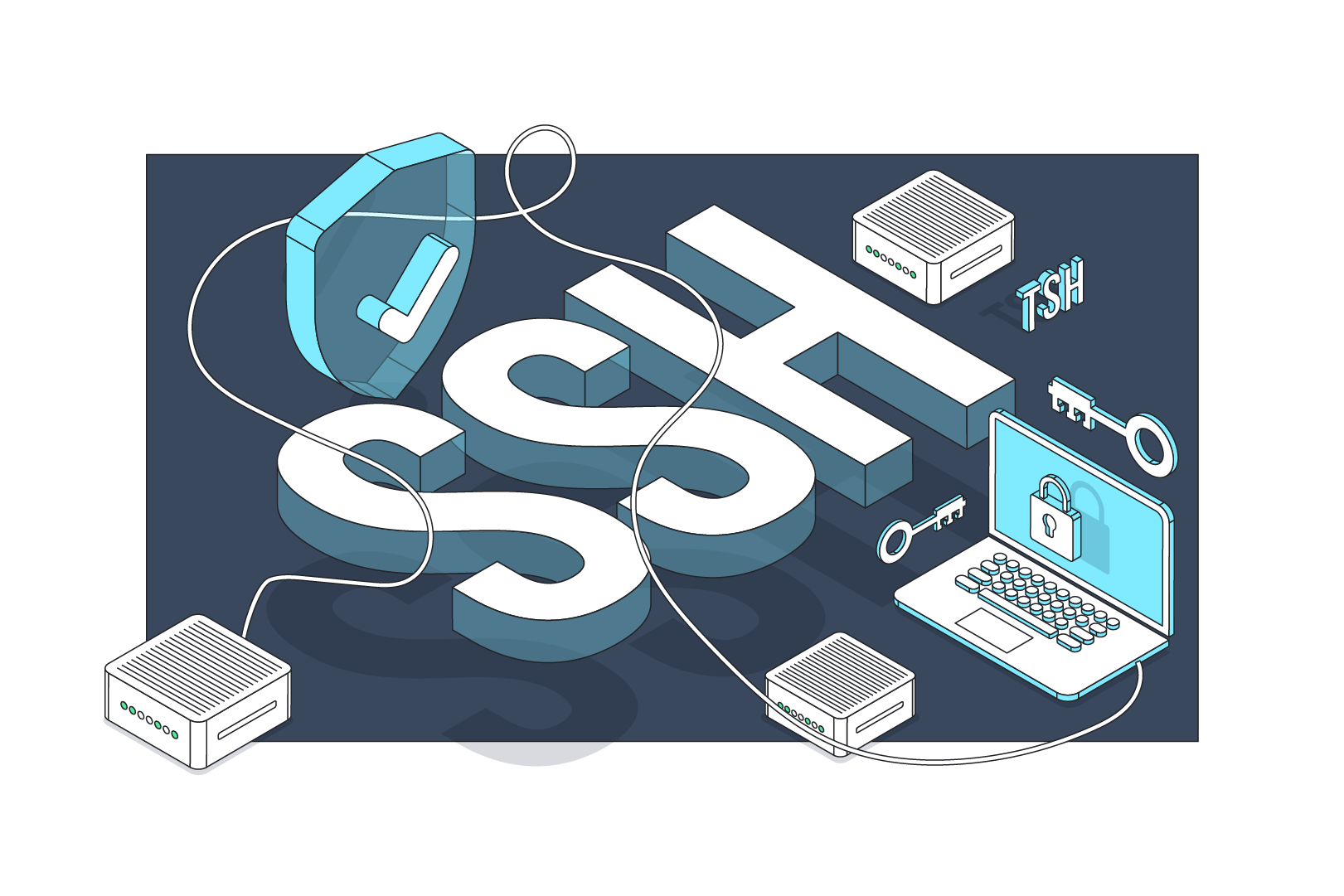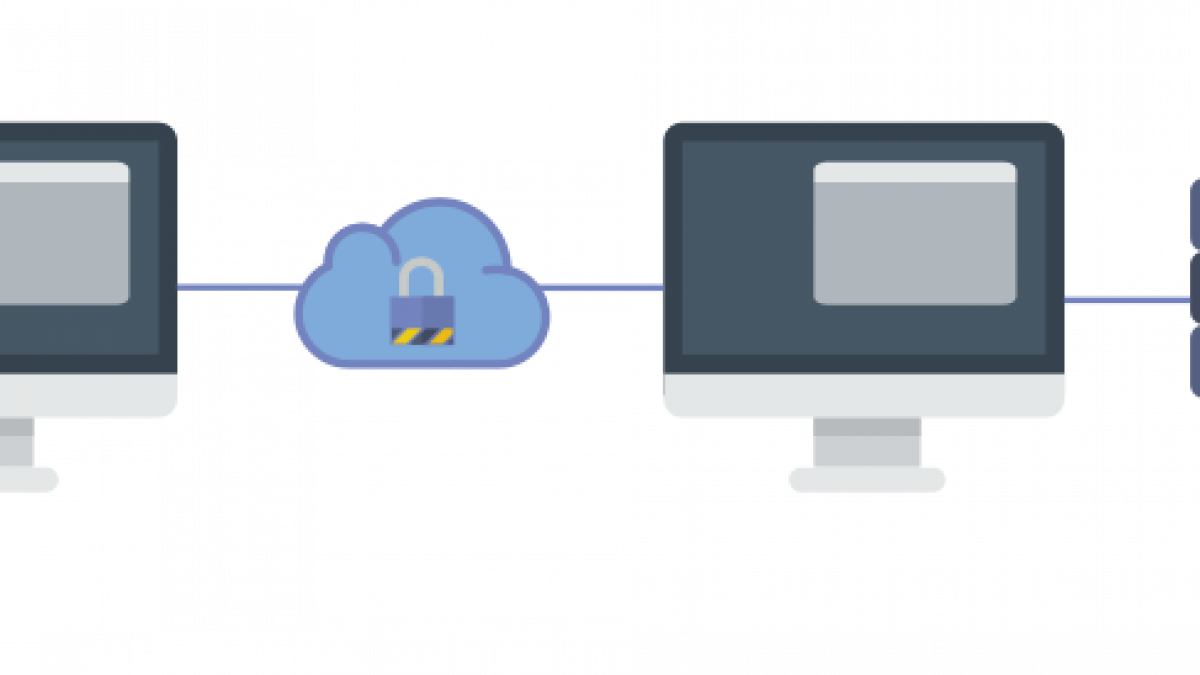You can access the command line of a Raspberry Pi remotely from another computer or device on the same network using SSH.
Sac-A-Lait Slab Hunter Guide Service on Toledo Bend Lake. SSH Sac-A-Lait Slab Hunter Guide Service. CALL: +1 (318) 228-5169 /or/ +1 (504) 559-9509. Home Fishing Report Fishing Rates Gallery Contact: Home: Fishing Report: Fishing Rates: Gallery: Contact. Ssh-agent.exe stores private keys used for public key authentication; ssh-add.exe adds private keys to the list allowed by the server; ssh-keyscan.exe aids in collecting the public SSH host keys from a number of hosts; sftp.exe is the service that provides the Secure File Transfer Protocol, and runs over SSH; scp.exe is a file copy utility that.
The Raspberry Pi will act as a remote device: you can connect to it using a client on another machine.
You only have access to the command line, not the full desktop environment. For a full remote desktop, see VNC.
1. Set up your local network and wireless connectivity
Make sure your Raspberry Pi is properly set up and connected. If you are using wireless networking, this can be enabled via the desktop's user interface, or using the command line.
If you are not using wireless connectivity, plug your Raspberry Pi directly into the router.
You will need to note down the IP address of your Pi in order to connect to it later. Using the ifconfig command will display information about the current network status, including the IP address, or you can use hostname -I to display the IP addresses associated with the device.
2. Enable SSH
As of the November 2016 release, Raspberry Pi OS has the SSH server disabled by default. It can be enabled manually from the desktop:
- Launch
Raspberry Pi Configurationfrom thePreferencesmenu - Navigate to the
Interfacestab - Select
Enablednext toSSH - Click
OK

Alternatively, raspi-config can be used in the terminal:
- Enter
sudo raspi-configin a terminal window - Select
Interfacing Options - Navigate to and select
SSH - Choose
Yes - Select
Ok - Choose
Finish
Alternatively, use systemctl to start the service
When enabling SSH on a Pi that may be connected to the internet, you should change its default password to ensure that it remains secure. See the Security page for more details.



3. Enable SSH on a headless Raspberry Pi (add file to SD card on another machine)
For headless setup, SSH can be enabled by placing a file named ssh, without any extension, onto the boot partition of the SD card from another computer. When the Pi boots, it looks for the ssh file. If it is found, SSH is enabled and the file is deleted. The content of the file does not matter; it could contain text, or nothing at all.
Ssh Guide Service
If you have loaded Raspberry Pi OS onto a blank SD card, you will have two partitions. The first one, which is the smaller one, is the boot partition. Place the file into this one.
4. Set up your client
Ssh Guide Pdf
SSH is built into Linux distributions and Mac OS, and is an optional feature in Windows 10. For older Windows versions and mobile devices, third-party SSH clients are available. See the following guides for using SSH with the OS on your computer or device:
